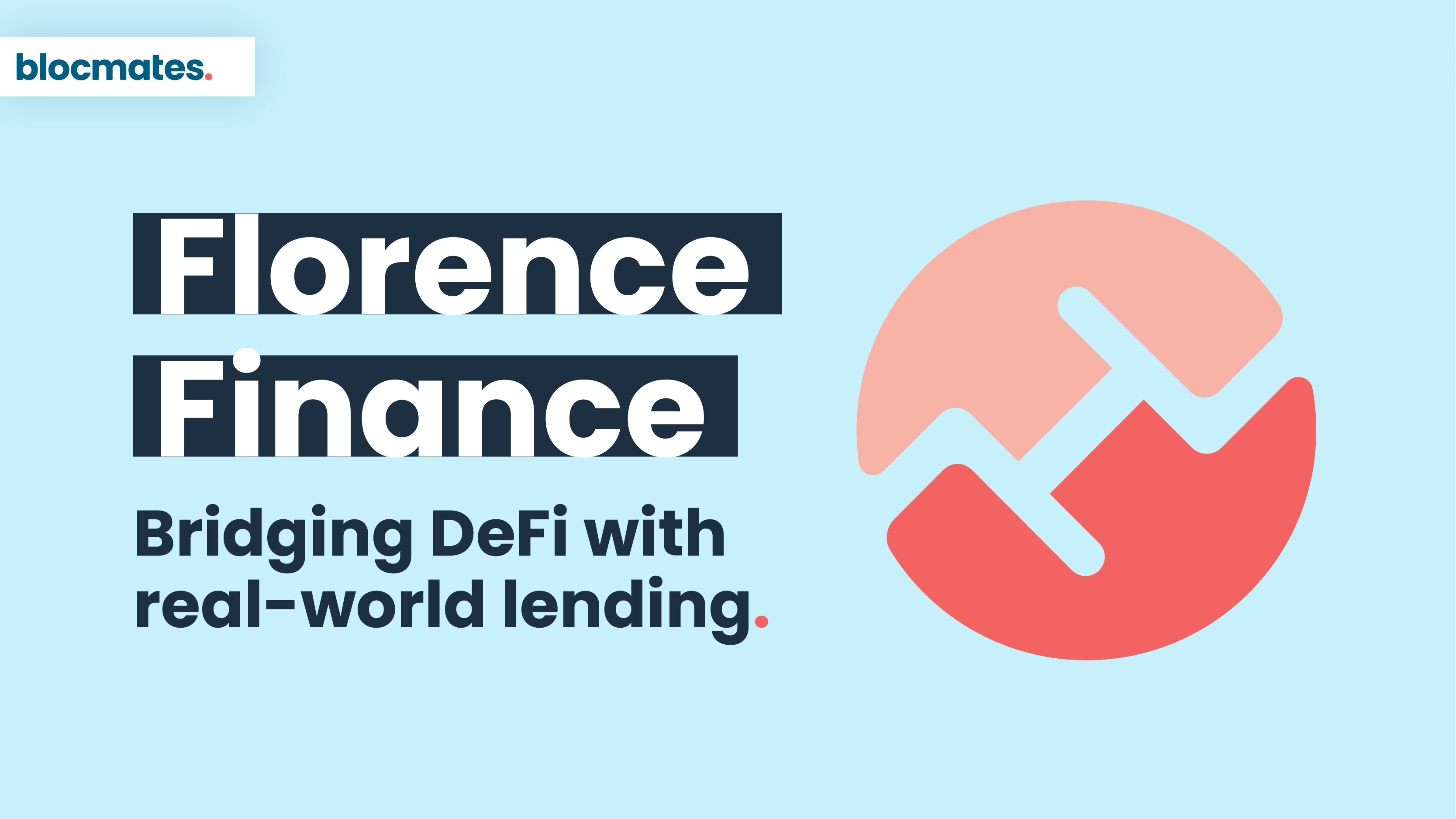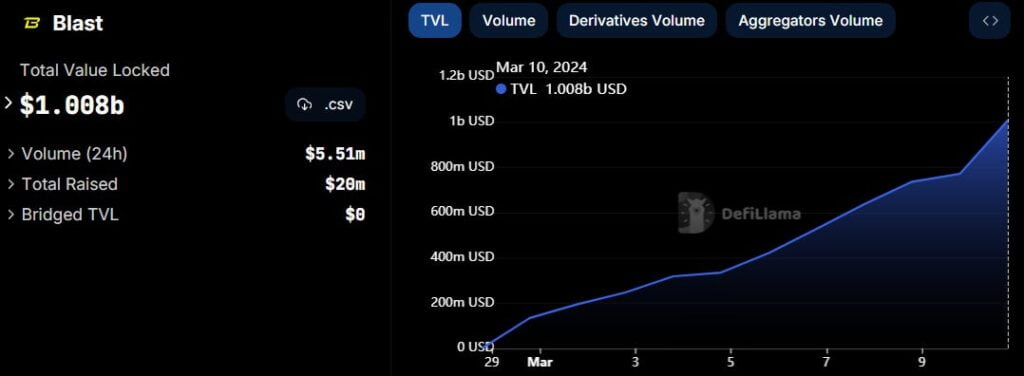Research Summary
The report discusses the rise of the real-world asset (RWA) sector in the crypto industry, focusing on Florence Finance, a platform that bridges DeFi to real-world lending. Florence Finance partners with existing SME lenders to provide DeFi users with yield backed by real-world lending. The platform uses its native currency, FLR, and its native token, FFM, to facilitate transactions and rewards within the system.
Key Takeaways
The Rise of Real-World Asset (RWA) Sector
- Emergence of RWA in DeFi: The report highlights the growing interest in the real-world asset (RWA) sector within the crypto industry. RWAs refer to DeFi products that interact with non-cryptocurrency assets, such as tokenized treasury bills, real estate, equities, and agricultural land. The RWA sector aims to integrate DeFi technology with non-crypto assets to import real-world collateral on-chain.
- Real-World Asset Collateralized Lending: The report identifies a gap in the market for RWA collateralized lending. There are trillions of dollars in non-crypto assets that could be used as collateral, and millions of people who would like to use a lending market without intermediaries but lack the capital required for overcollateralized loans.
Florence Finance: Bridging DeFi to Real-World Lending
- Introduction to Florence Finance: Florence Finance is a platform that aims to bridge the gap in RWA collateralized lending. It works with existing SME lenders to provide DeFi users with yield backed by real-world lending. Users can provide their stablecoins as liquidity into Florence Finance’s vaults, which then generate real-world yield based on the credit exposure in the SME market.
- Operation of Florence Finance: The platform consists of multiple loan vaults, each targeting a different sector and having varying degrees of risk. Users can choose a loan vault that fits their preference and provide their stablecoins to become a funder. The platform uses its native currency, FLR, and its native token, FFM, to facilitate transactions and rewards within the system.
Tokenomics of Florence Finance
- Role of FFM Token: The FFM token serves as the staking reward token in Florence Finance. A portion of the interest earned through the loan vaults is used to buyback and burn the FFM tokens, creating consistent buy pressure to counter the selling pressure from stakers. The FFM token will also serve as the governance token as the protocol aims to fully decentralize.
The Team Behind Florence Finance
- Founder’s Background: The founder of Florence Finance, Chiel Ruiter, is an ex-investment banker turned crypto enthusiast. His experience in traditional finance and understanding of blockchain and smart contracts led him to create Florence Finance, aiming to bridge DeFi with the real world.
Actionable Insights
- Exploring the Potential of RWA in DeFi: The rise of the RWA sector in the crypto industry presents an opportunity to explore how DeFi technology can be integrated with non-crypto assets to import real-world collateral on-chain.
- Understanding the Role of Florence Finance: As a platform that bridges DeFi to real-world lending, Florence Finance offers a unique approach to RWA collateralized lending. Understanding its operation and the role of its native currency and token can provide insights into the potential of such platforms.
- Assessing the Impact of Tokenomics: The role of the FFM token in Florence Finance’s system highlights the importance of tokenomics in DeFi platforms. Assessing the impact of such tokens on the platform’s operation and user rewards can provide valuable insights.
- Recognizing the Importance of Team Expertise: The background and expertise of the team behind a platform like Florence Finance can significantly impact its success. Recognizing this can help in assessing the potential of such platforms.












